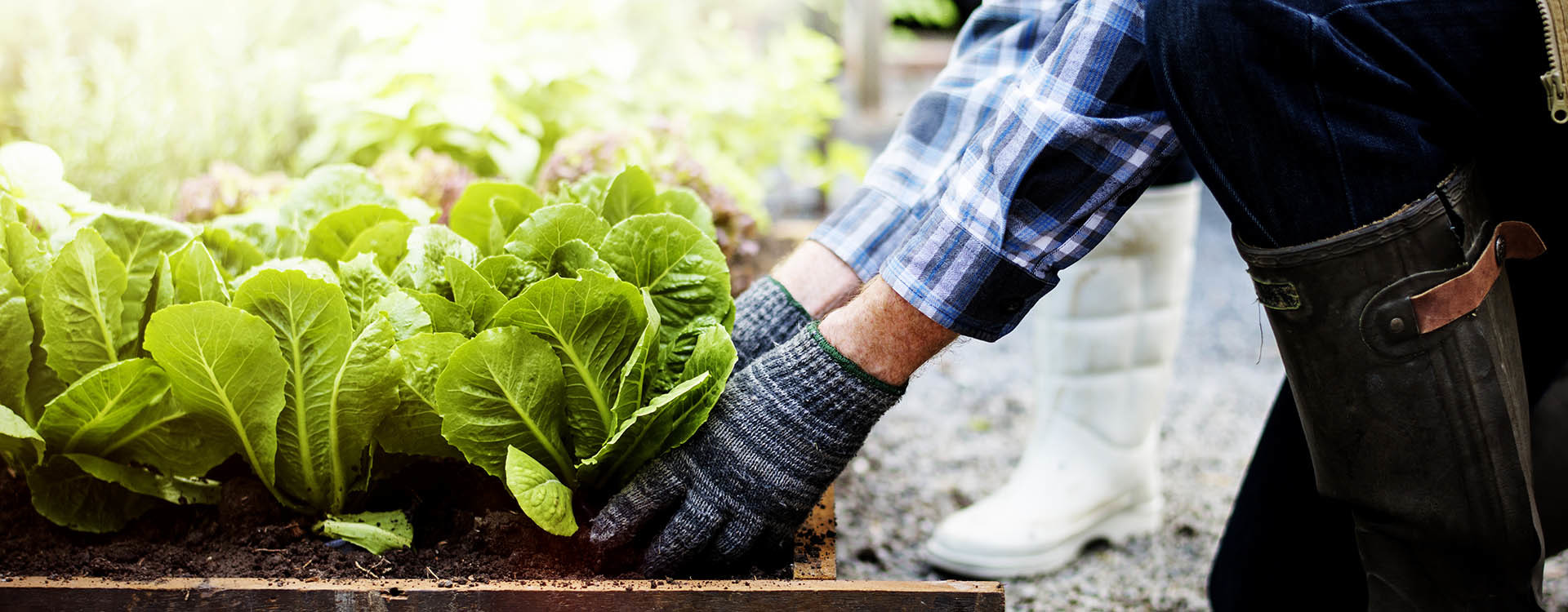The Definitive Guide to City Blooming
Wiki Article
Getting The City Blooming To Work
Table of ContentsThe City Blooming StatementsGetting The City Blooming To WorkFacts About City Blooming Revealed4 Simple Techniques For City BloomingThe City Blooming PDFs
Fascinated in expanding food for sale in the City of Chicago? Below is a list of frequently asked inquiries regarding the guidelines and guidelines that cultivators should think about when planning a city agriculture project.
The zoning amendment does not customize any type of other codes taking care of composting, building permits, acquiring or leasing City had residential property, business licenses or ecological contamination. There are existing codes that control these concerns and they continue to be completely impact and might be appropriate to your job. Area gardens are normally possessed or managed by public entities, civic companies or community-based organizations and maintained by volunteers.
Urban farms grow food that is intended to be sold, either on a not-for-profit or for-profit basis. Due to their commercial purpose, urban ranches require an organization permit. Yes. A community yard is allowed to offer excess create that was grown on site if the sales are accessory or subordinate to the yard's key function described over.
City Blooming - Questions
Composting is permitted yet only for plant material that is generated and made use of on website. The quantity of compost material can not surpass 25 cubic yards at any type of provided time according to the criteria in 7-28-715 of the City's Municipal Code. Yes. Because the soil at a lot of new yard websites requires changing, compost, dirt, wood chips, or other products can be obtained to create or boost the growing space - City gardening.
If a structure license is required then the hoophouse will be taken into consideration an accessory structure. You can figure out more about the structure authorization demands by getting in touch with the Division of Buildings. The 25,000-square-foot size restriction is meant to protect against a solitary area yard from dominating a provided block or interfering with the block's existing household or commercial personality.
The restriction does not apply to yards located in Public Open Space (POS) districts. Can there be greater than one area yard that is 25,000 square feet on a solitary block? Yes. The dimension limitation applies to private gardens, not to specific blocks. No. Secure fencing is not called for, nonetheless, gardens that have big vehicle parking areas might be called for to mount secure fencing or various other landscaping features.
The 6-Minute Rule for City Blooming
B1 & B2 areas call for that all industrial usage tasks be conducted inside. Is secure fencing required for city farms? Fences might be required, along with landscape design and testing, for particular car park areas and exterior work or storage space locations depending on area and the details task taking area.Yes. Urban ranches call for structure authorizations and zoning authorizations before building and construction. Various other forms of city testimonial might be needed relying on specific structures, tasks, size, landscape design, licensing, public health and stormwater management concerns. Most of these needs are determined in the task layout or allowing procedure, however, the applicant may be responsible to independently recognize specific licenses or permits that might be called for.
The Department of Business Affairs and Consumer Security can aid identify the specific kind of organization permit that's needed. Off road auto parking is needed for most click here to read commercial tasks in Chicago. The needed number of auto parking rooms is based on the number of employees functioning on site and not the square video footage of the expanding room.
Top Guidelines Of City Blooming

Yes. A metropolitan ranch can market garden compost product created on website, nonetheless, the operation has to adhere to the regulations in 7-28-715 of the Chicago Municipal Code. Yes. Aquaponic systems are allowed indoors on city ranches in lots of zoning areas. However, a zoning evaluation and building authorization is needed in order to mount structures or systems and an organization permit is required as described over.
Up to 5 hives or nests of honey bees may be kept as an accessory usage. However, beekeepers have to register with the Illinois Division of Farming. To learn more about the proposed zoning amendment you may call the Division of Real Estate and Economic Advancement, Bureau of Preparation and Zoning at 312.744.8563.
, which takes place in country areas at the edge of residential areas.
City Blooming - Truths
It can entail a movement of organic farmers, "foodies" and "locavores", who look for to form social media networks based on a common values of nature and neighborhood holism. These networks can establish by means of official institutional assistance, becoming integrated into regional town as a "transition town" activity for sustainable metropolitan advancement.In either case, the much more direct accessibility to fresh veggie, fruit, and meat items that may be understood with metropolitan agriculture can enhance food security and food safety while decreasing food miles, bring about lower greenhouse gas discharges, consequently adding to climate modification mitigation. Some of the initial proof of city agriculture comes from Mesopotamia.
Report this wiki page